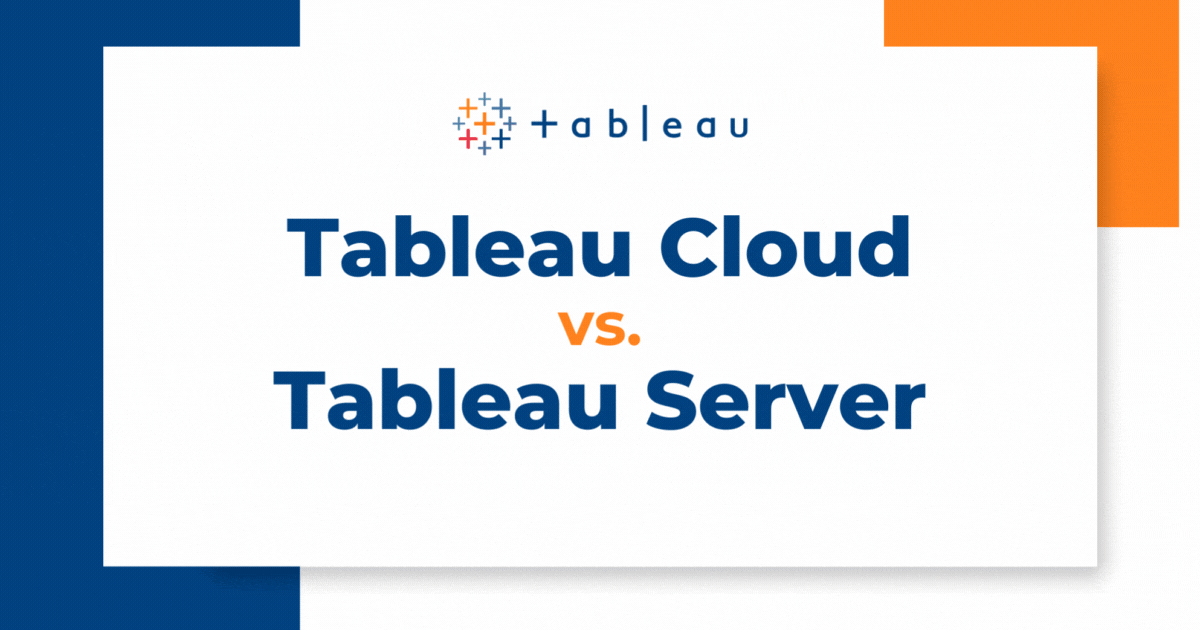Tableau Online and Tableau Server Comparison
 Mahendra Singh
Mahendra Singh
Tableau Online and Tableau Server are complementary products that provide a way to publish, share, and distribute Tableau workbooks and data sources. This article compares some of the important features to help you decide which is the right product for your organization.
Both Tableau Online and Tableau Server require Tableau Desktop Professional Edition for publishing workbooks (views and dashboards) and data sources.
Tableau Online
1: Hardware and systems maintained by Tableau outside of your firewall.
2: You can purchase and maintain multiple sites and configure users and permissions.
3: Supports live data connections to Amazon Redshift and Google BigQuery, as well as to SQL-based sources hosted on cloud platforms. For a complete list, see Allow Direct Connections to Data Hosted on a Cloud Platform in Tableau Online.
4: Scheduled refreshes for published data: For complete information, see Keep Data Fresh in the Tableau Online Help.
5: For extracts of cloud-based data sources, you can schedule refresh tasks directly on Tableau Online.
6: For extracts of data sources that you maintain on your local network or for Oracle data hosted in the cloud, you can schedule refresh tasks using the online sync client that comes with Tableau Desktop. Schedules can be as frequent as every 15 minutes.
7: You can also update extracts manually using Tableau Desktop, or automate updates using a command-line utility. Select a pre-configured schedule or create a custom schedule.
8: Authenticate users through Tableau ID (email address and password) or configure a site for single sign-on using SAML.
9: No guest access; all users accessing views and dashboards published to Tableau Online must be authenticated.
10: Custom branding: upload your company logo.
Tableau Server
1: You install the software and maintain the systems on your hardware, inside or outside your company firewall.
2: You can create and maintain multiple sites at no additional cost, and you can configure users and permissions.
3: You can schedule refresh tasks for published extracts. Select a pre-configured schedule or create a custom schedule.
4: Can be configured for local authentication, Active Directory integration, trusted authentication, or single sign-on using SAML or Kerberos.
5: Provides a core licensing option, that allows guest access.
6: Supports live connections to your local data sources and Google BigQuery and Amazon Redshift. Supports published extracts.
7: Custom branding: change the logo and the company name that appear in various web browser locations and tooltips.
Subscribe to my newsletter
Read articles from Mahendra Singh directly inside your inbox. Subscribe to the newsletter, and don't miss out.
Written by

Mahendra Singh
Mahendra Singh
Hi, I’m Mahendra.👋 A professional BI developer based in India. My passion is creating engaging, creative, and accessible user experiences.